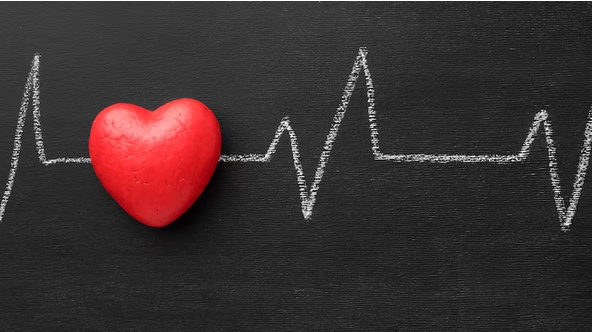Cardiac emergencies can occur unexpectedly and pose a significant threat to human life. Immediate access to life-saving devices and effective response protocols is crucial in increasing survival rates. One such device that plays a vital role in cardiac emergency preparedness is the HeartStart Automated External Defibrillator (AED). In this blog post, we will explore the importance of the Heart Start AED and its impact on improving outcomes in critical situations.
Understanding Cardiac Emergencies:
Cardiac emergencies, such as sudden cardiac arrest (SCA), can happen to anyone, anywhere, at any time. These emergencies typically occur when the heart's electrical system malfunctions, causing an irregular heartbeat or stopping it altogether. Without prompt intervention, the chances of survival decrease rapidly. That's where the HeartStart AED comes into play.
What is the HeartStart AED?
The HeartStart AED is a portable, user-friendly device designed to guide rescuers, even those without medical training, through delivering a controlled electric shock to the heart in the event of sudden cardiac arrest. It analyzes the heart's rhythm and determines whether defibrillation is required. It delivers a precisely calibrated shock to restore the heart's normal rhythm if necessary.
Ease of Use and Accessibility:
One of the key advantages of the HeartStart AED is its ease of use. It is designed to be intuitive and user-friendly, enabling bystanders to take immediate action during a cardiac emergency. The device provides clear voice prompts and visual cues, guiding the user through each step of the resuscitation process. Its simplicity makes it accessible to individuals with little or no medical training, empowering them to save lives.
Rapid Response Time:
Time is of the essence in a cardiac emergency. The HeartStart AED is engineered to provide rapid response capabilities. Its quick start-up time and efficient heart rhythm analysis allow for prompt decision-making and delivery of potentially life-saving shocks. By minimizing the time between the onset of cardiac arrest and defibrillation, the HeartStart AED significantly increases the chances of survival.
Versatility and Adaptability:
The HeartStart AED is designed to adapt to various settings and environments. It is suitable for public spaces, workplaces, schools, and homes. Its compact size and lightweight construction make it easily portable, ensuring that it can be readily available wherever needed. The device's versatility enables it to be integrated into comprehensive cardiac emergency response programs.
Training and Support:
To maximize the effectiveness of the HeartStart AED, it is essential to provide training to potential users. Many organizations and healthcare providers offer CPR and AED training courses that equip individuals with the necessary skills to respond to cardiac emergencies confidently. Additionally, support services, such as maintenance and regular device checks, are available to ensure the AED is always in optimal working condition.
Legal Considerations and AED Programs:
Implementing an AED program, including the HeartStart AED, requires compliance with legal regulations and guidelines. These regulations differ from jurisdiction to jurisdiction, emphasizing the importance of understanding local requirements. AED programs often involve establishing policies and procedures, training personnel, maintaining records, and ensuring regular AED maintenance and inspections.
Conclusion:
The HeartStart AED is a critical tool in cardiac emergency preparedness. Its user-friendly design, rapid response capabilities, and adaptability make it invaluable in saving lives during sudden cardiac arrest incidents. By empowering bystanders to take immediate action, the HeartStart AED significantly improves the chances of survival for individuals experiencing cardiac emergencies. Incorporating the HeartStart AED into comprehensive cardiac emergency response programs can make a substantial difference in outcomes and contribute to a safer and more prepared community.


No comments yet